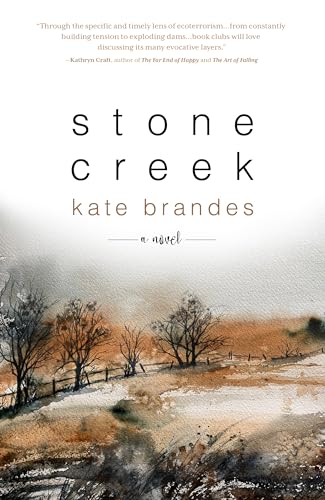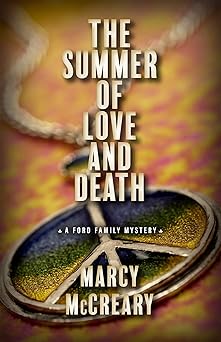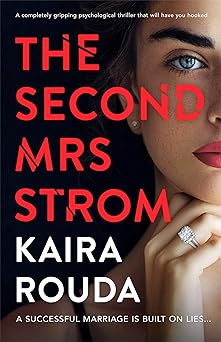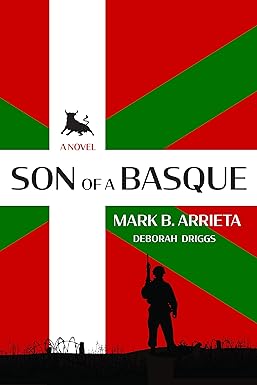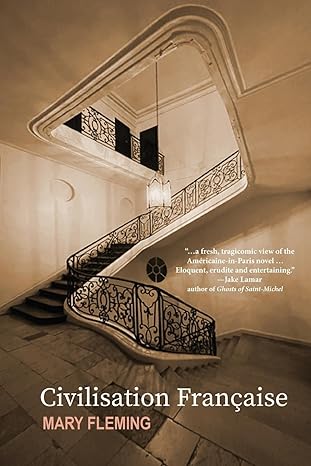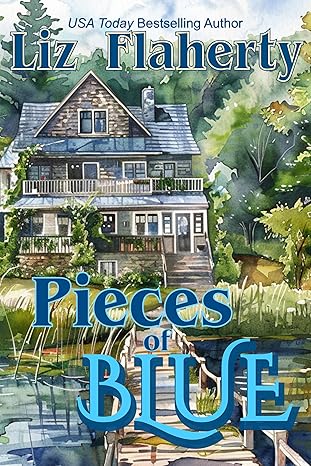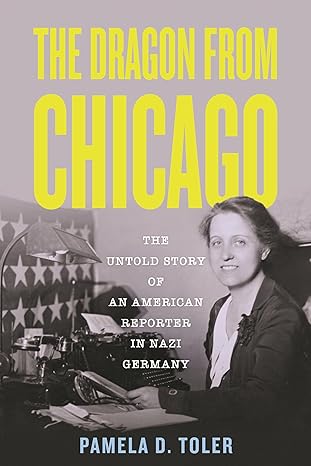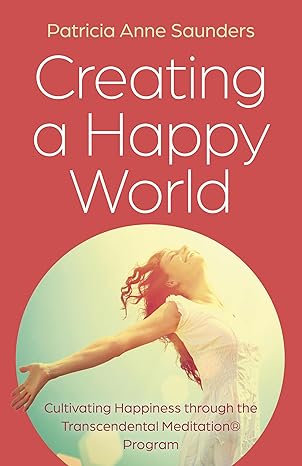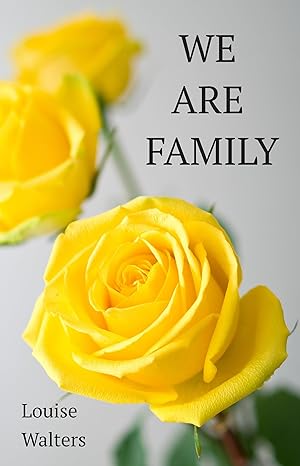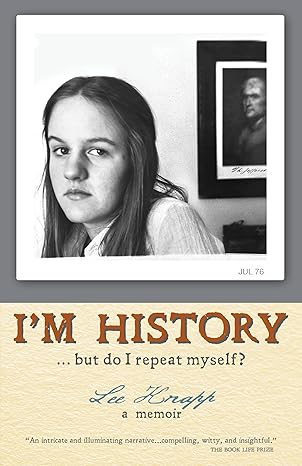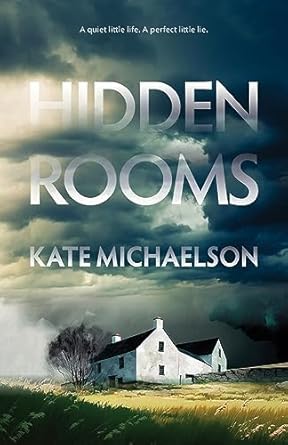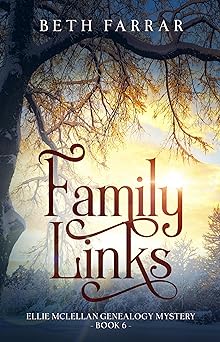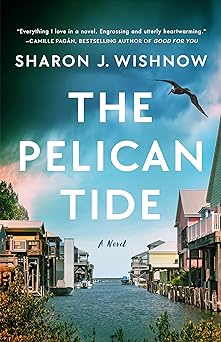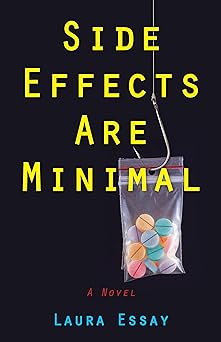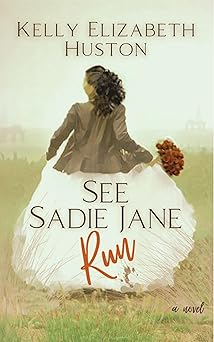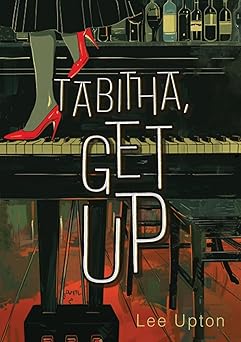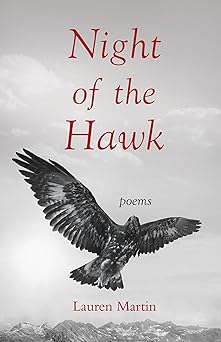What Remains of Love – Serendipity
What Remains of Love – Serendipity

Suzanne Trauth, Harvard Studio, Montclair, NJ. 06/27/2014 Photo by Steve Hockstein/HarvardStudio.com
I’ve discovered that writing is often an act of faith. Faith that the story will come together, faith that that I’ll find the creative energy to push through challenging moments, faith that I will finish the book. But it is sometimes also the result of serendipity, events coming together in unexpected ways to conspire in my favor. I read that the origin of the word serendipity is associated with an eighteenth century British nobleman, by way of an ancient fairy tale, and referred to characters making discoveries through chance, finding valuable things unintentionally. I can identify with that. In many ways, my novel What Remains of Love was born serendipitously, though it required great acts of faith to arrive at its publication date.
In 1997, I took a trip to the south of France with five family members to celebrate my mother’s 80th birthday. The trip was a family present. My aunt, my mom’s sister, also joined us. My mother, who was an artist, had expressed an interest in walking where the “famous French artists had walked.” So we set off for Arles where we stayed in a small hotel and made day trips to Aix-en-Provence and other towns with a history of French painters, such as Van Gogh, Picasso, and Cezanne.
One day my aunt asked if we might stop by a small village on our way to Marseille for dinner. A woman whom she had been corresponding with for over fifty years lived there, and my aunt was anxious to meet her. It turns out my uncle, who was stationed in Europe during World War II, had met a young artist at a USO club in Nice when he was on an R&R break and she wrote a letter home to my aunt, since he had injured his hand and was unable to hold a pen. They visited for less than an hour. My uncle was shipped home soon after, but the artist kept up the correspondence with my aunt for fifty years. At one point she painted a portrait of my cousin from a photograph. So it was understandable that my aunt was eager to see her in person after all of those decades.
It was arranged that we would come to the artist’s villa outside Marseille in the afternoon for a visit. When we got there this delightful, charming French woman invited the six of us into her home and offered us something to drink. Coffee, tea…wine. We opted for the wine! We had a bit of chitchat, surprisingly easy because the artist’s English was excellent, wandered in her lush gardens with fruit trees and pots of herbs, and took group photos.
At one point, my brother-in-law asked about her English, where she’d studied? How she learned to speak it? To this day I will never forget the look on her face which I interpreted as a combination of pleasure at being asked the question and a deep sense of loss. She said, “Well…now…that’s a story” and proceeded to tell us a bit about her life and experiences during World War II, specifically 1944-1945, which involved an American soldier.
Two things happened: we never made it to Marseille for dinner and I asked her that night if I could, in some way, tell her story. She agreed instantly and proceeded over the next few months to send me long sheets of graph paper, written in her distinctive hand, that described her life during that last year of the war.
For the next five years I read and reread her notes, researched the 1940s, the war, and life in France during this period, using her personal story as a guide. And we corresponded. In 2002 I went back to visit her and spent five days. She talked nonstop, said it was the most English she’d spoken since the war, and filled in many details and answered my questions.
In 2003 when I visited we had a wonderful time but it was clear she was failing. The war years had left her suffering from a range of physical ailments. I continued to write but she never answered and was admitted to a nursing home later that year. When she passed away in 2018, her niece wrote to tell me the news and said that when they opened a drawer next to her bed, they found all of the letters and cards I had written to her over the years.
Because I was writing a novel and not a biography or memoir, I took some liberties with the story and added a fictional, contemporary framework that was important to me: I wanted to explore how this French woman’s experience during the war resonated decades later with the daughter of the man she’d met in 1944. What was the, again fictional, legacy of this meeting between an American soldier and a French artist? In the course of draft after draft, I came to see that this book was not only a World War II narrative, it was also a story about family and the price some people pay to live an honorable life.
The story is told in two time frames – present day New Jersey and 1944 – 45 in France. There are two primary points of view. Kate, the daughter of the American soldier in the present, and the artist Emilie in the past. When the book opens Daniel, the American soldier, by this time a man in his eighties, has died recently and his daughter Kate is trying to understand why her father would leave a significant bequest to a French woman named Emilie, someone no one in her family has ever heard of. The mystery deepens as Kate pursues answers to questions about her father, the man she thought she knew. Until it’s clear he had a life before the one he created with Kate’s mother. She embarks on a journey to the south of France to reconcile the past and confront the legacy of her father’s wartime love affair.
But back to the French artist in 1997. Decades after meeting her, a transformative experience for me, I realized the role serendipity played in the writing of What Remains of Love. A short encounter between my uncle and this woman in 1945; my mother’s wish in 1997 to travel to the south of France; a simple request by my aunt to drop in for an hour to visit the object of her fifty-year correspondence.
Events came together in unexpected ways to conspire in my favor to produce the book. Even its publication felt serendipitous. After twenty five years of writing, rewriting, querying, editing, reediting, querying some more, one day I happened to glance at a writer friend’s resume and noticed that he’d been published by a small press I’d never heard of and obviously hadn’t queried. I sent the novel to them and was accepted for publication. Finally. What Remains of Love certainly required more than one act of faith on my part, but it wouldn’t exist without serendipity.
—
WHAT REMAINS OF LOVE
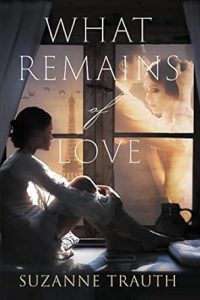 At the reading of her beloved father’s will, Kate, a divorced French professor, learns of his affaire de coeur during World War II with a French artist named Emilie, to whom he has left a substantial bequest. Kate, stunned to discover the existence of this woman who captivated her father, is determined to unravel the mystery of his past and unearth the truth.
At the reading of her beloved father’s will, Kate, a divorced French professor, learns of his affaire de coeur during World War II with a French artist named Emilie, to whom he has left a substantial bequest. Kate, stunned to discover the existence of this woman who captivated her father, is determined to unravel the mystery of his past and unearth the truth.
Though Emilie has passed away, her daughter Yvette sends a box of her mother’s keepsakes from the war that are even more unnerving – among them a dried flower, a photograph, two smooth stones, and a train ticket. With the help of a long-hidden memoir Kate begins to see the significance of these items that create the picture of a father she thought she knew.
Kate wonders about her parents’ marriage. After the war had he abandoned passion for honor? Did he really love her mother, or was he compelled to marry her out of his sense of duty? How well did she really know her father? Or her mother? When more secrets are revealed in the final pages of the memoir, she embarks on a journey to the south of France to reconcile the past and confront her own demons, as well as the legacy of her father’s wartime love affair and the price he paid to live an honorable life.
Kate’s life is changed forever…
BUY HERE
Suzanne Trauth is the author of the novel What Remains of Love, a first place winner in Women’s Fiction, Firebird Book Awards, a finalist in General Fiction, American Book Festival, and a finalist for the Hemingway Prize. She authored the Dodie O’Dell mystery series—Show Time, Time Out, Running Out of Time, Just in Time, No More Time, and Killing Time—and her plays and screenplays have won awards in contests and festivals and been developed in a variety of theatres. She is a member of Mystery Writers of America, Sisters in Crime, the Dramatists Guild, and the League of Professional Theatre Women. She taught in a university theatre program for many years and lives in Woodland Park, New Jersey.
Category: On Writing




